Today, any gardener can grow an onion crop. Especially good results are shown by the technology of cultivation of seeds. The method is characterized by high productivity, rapid maturation of the heads, insignificant emission of arrows. Subject to all cultivation conditions and proper care, you can get a high yield.
Content
Landing time
The most suitable period for planting in the open ground sets of onion sets begins in late April and is possible until mid-May. It all depends on the region and weather conditions in the spring. The optimum air temperature should average about 7 ° C. Early planting in cold soil suggests that the culture is resistant to frost. The same explains the planting of onion sets in winter near the end of October.
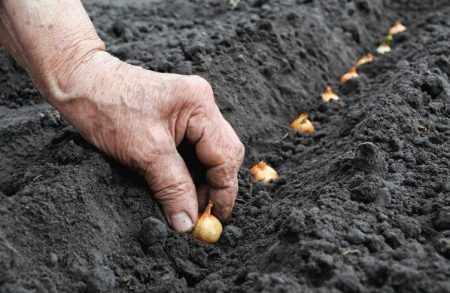
Varieties of onion sevka for different regions
Today, Russian and foreign breeders have bred a lot of good varieties of onions, characterized by a number of indicators:
- head size;
- productivity;
- the color of the flesh;
- taste qualities;
- timing of vegetation, planting and harvesting;
- resistance to climate change, etc.
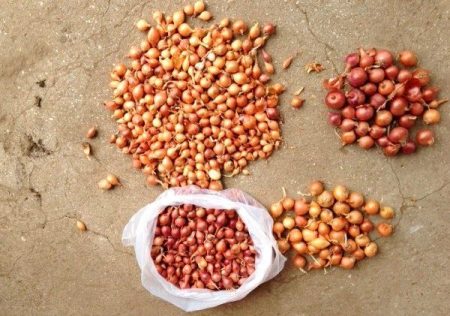
| Ripening period | Names | Appearance | Bulb weight |
| Early ripening grade | Stuttgarter Riesen | Rounded bulbs, tan dry leaves | 150-180 gr |
| Carmen | Dark red round bulb | 50-80 gr | |
| Shallot | Rounded, golden flakes | About 3 kg with sq.m | |
| Corrado | Rounded flat shape of the bulb, golden flakes | 110-120 gr | |
| Cupido | Golden elliptical flake | 110 gr | |
| Medium early grade | Sturon | Rounded bulbs, light brown | 160 gr |
| Stardust | White onion salad ellipsoid | 110-145 gr | |
| Centurion F1 | Egg-shaped, golden flakes, white, juicy flesh | 120-155 gr | |
| Hercules | Round shape golden flakes | 160 gr | |
| Mid-season grade | Red baron | Round red onion | 60-95 gr |
| Shetana | Rounded, golden flakes | 75-95 gr | |
| Bamberger | Elongated bulbs, golden flakes | 90 gr | |
| Rumba | Round bulb, golden flakes | 110-125 gr |
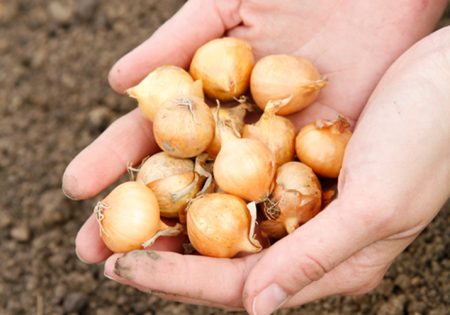
Depending on the area for which the varieties are intended, they can be divided into 2 types:
- Nordic. Sharp in taste, distinguished by excellent keeping quality.
- Southern. Sweet, stored for a short time, most relate to salad varieties.
Professionals advise southern varieties of onions in cold areas of the country to grow through seedlings.
Depending on the number of bulbs formed in one nest, the following varieties can be distinguished:
- Small ones containing 1 or 2 bulbs.
- Mid-nest - they can contain up to 4 heads.
- Multi-nest contain more than 5 bulbs.
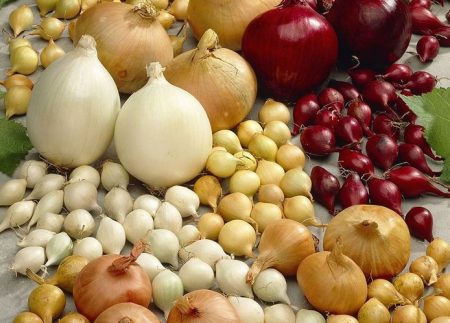
It should be noted that the number of bulbs in the nests depends not only on the variety, but also on the growing conditions, the correct choice of time and place of planting, the fertility of the soil itself, and moisture. The larger the seed and the higher the moisture of the soil, the more likely it is to get a multi-nest crop.
Preparing onion sets before planting in open ground
Before processing, it is necessary to cut off the upper tip of the onion flakes. Approximately to the top line of growth.
Any of the stages of preparation is considered necessary for a number of reasons:
- In this way, plant growth can be stimulated.
- This allows you to destroy up to 90% of harmful bacteria and strengthen the immunity of the bulbs.
- Prevents diseases, including rot.
- Increases resistance to weather changes.
Presowing treatment of onion sets can be carried out using potassium permanganate diluted in water. You need to take 10 g of the substance per 1 liter of warm water in order to destroy most harmful microorganisms. Pour onions with this compound for 30 minutes. After this, drain the liquid and you can plant onions in the soil.
It can be used to disinfect bulbs saltpeter. In this case, they take a matchbox of matter for 10 liters of water, soak the onions for 20 minutes, drain and plant in the ground.
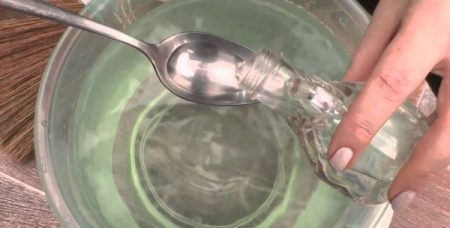
Regular table salt perfectly enhances the onion immunity. A faceted glass of substance is enough for a bucket of water. Sevc must lie in solution for at least 5 hours. Then with the same liquid you need to shed the beds before planting the onions in the soil.
After soaking the seed in saline, it must be washed with cold running water.
To get a good harvest of onions, growth stimulants are used. The most popular are the compositions of zircon and humate or a mixture of "Energy". The use of these tools allows you to accelerate germination by 3-5 days.
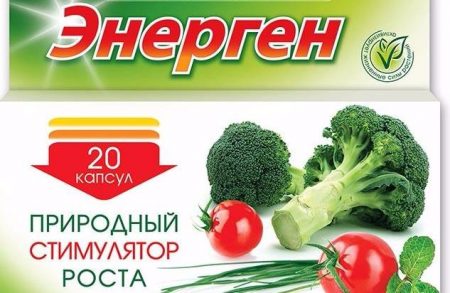
Onion sets begin to be prepared for planting in the fall. It is important to properly preserve the heads so that they give amicable shoots and a good harvest.
To reduce the number of arrows, it is enough to warm the bulbs in the sun for a couple of days before planting. Some fill the planting material with hot water (not higher than 50 ° C). You can drain the water after 10 hours.
Store seed in a dark, well-ventilated, cool place, avoid overheating and overcooling.
Methods for growing onion sets
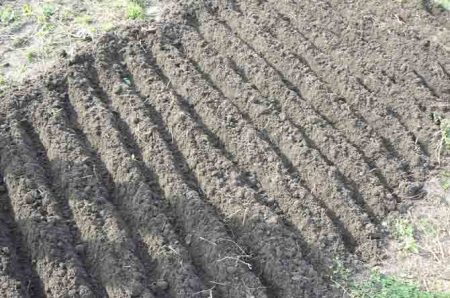
The landing site should be well lit and well ventilated. This eliminates rotting and fungal diseases. Slightly acidic soils are great. To lower acidity helps:
- Lime - 4-5 kg per 100 sq.m.
- Dolomite flour.
- A piece of chalk.
- Wood ash.
The beds can be arranged in place of their predecessors: tomatoes, eggplant, potatoes. It is undesirable to plant garlic in place. Fertilizing with lime is not allowed. This leads to a decrease in soil nitrogen required for good vegetation.
In autumn, it is necessary to introduce humus to the place where it is planned to plant onion sevoc. Approximately 5 kg per square meter. In the spring, the earth is dug up on the floor of a shovel bayonet (20 cm). Along with this, make a mixture per 1 sq. Km. m. of land:
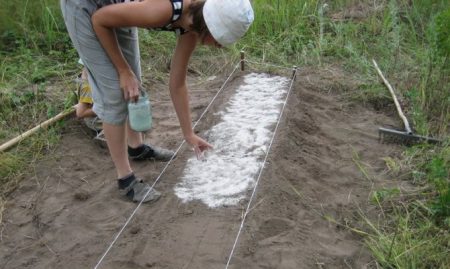
- superphosphate - 6 g;
- urea - 1 g;
- potassium chloride - 2 g.
This fertilizer can be scattered on the surface of the soil and walk a rake.
A week before the onion is planted, the soil is treated with a solution of copper sulfate and water (1 tablespoon / 10 liters, respectively).
In the spring
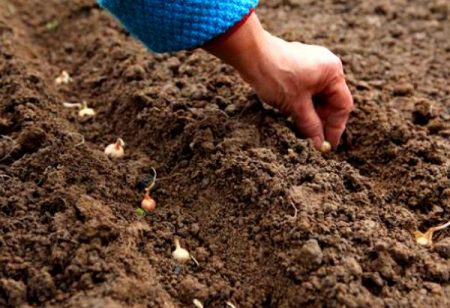
For this, the landing is carried out according to the following scheme:
- row spacing - 25-30 cm (walk-behind tractor - 70 cm);
- distance between heads on the bed - up to 10 cm;
- depth of planting material - up to 4 cm.
Autumn (before winter)
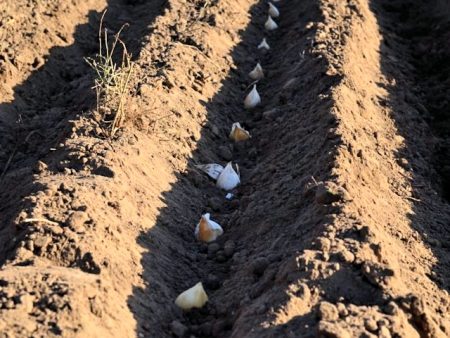
The landing dates in this case depend on the region. You can plant according to the above-described scheme or reduce the width between the beds to 10-15 cm. Planting depth is 5 cm. After planting, cover the beds with mulching material after 7-8 days. Do not forget to remove its remains in the spring.
The greenhouse method
The diameter of the heads must be at least 20 cm.Landing is carried out after October 15. The distance between the onions is standard - up to 25 cm, the depth of embedment - 4 cm. Straw or mulch is laid on top. The layer should be at least 20 cm. In spring, remove the unnecessary layer of covering material and process the crops with a nitroammophos (15 g per sq.m.)
Bridge
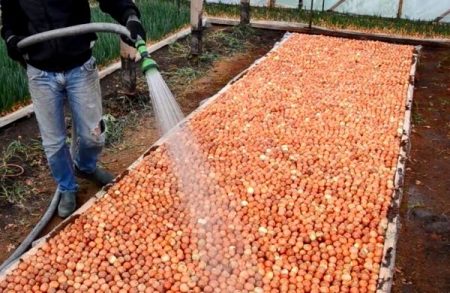
Use this method on balconies, on window sills, in greenhouses. In this case, the onion is sprouted on the feather. The peculiarity of the method lies in the fact that the bulbs are laid close to each other, while minimally buried in the soil. In appearance, this design resembles a bridge, so it got a similar name.
When the onion planted in the ground
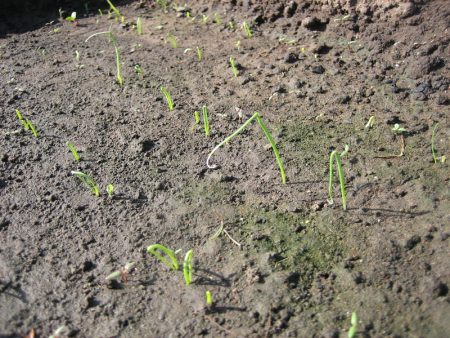
In the spring, after planting, sprouts may appear on day 9. If the onion was planted in the fall, the first shoots can be seen from the beginning to the end of April. It all depends on weather conditions. If onions are grown in a greenhouse, then it will rise from the end of February to the end of March. When using the bridge method, the onion emerges no longer than a week after planting.
How to care for onion plantings
After sowing, it is necessary to constantly monitor the state of the upper soil layer, to loosen it. Be sure to remove weeds, water if necessary, and introduce top dressing. If the soils in your area are fertile, then you can do without them. Otherwise, it is worth using the advice of experienced gardeners:
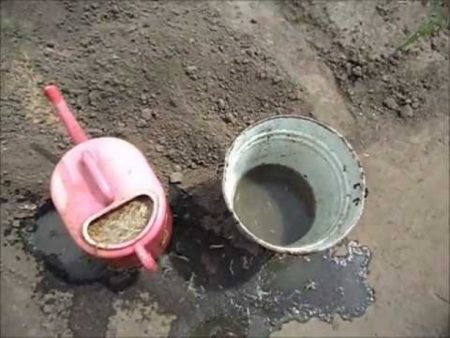
- 3 weeks after sowing, you can feed the plants with a solution consisting of 1 kg of cow manure per 10 liters of water.
- Sprinkle urea or nitrophosphate before watering.
The first 2 months of sowing are watered at the rate of up to 8 liters of water per square meter of crops. Further, the amount is halved, and by harvesting you can no longer water at all.

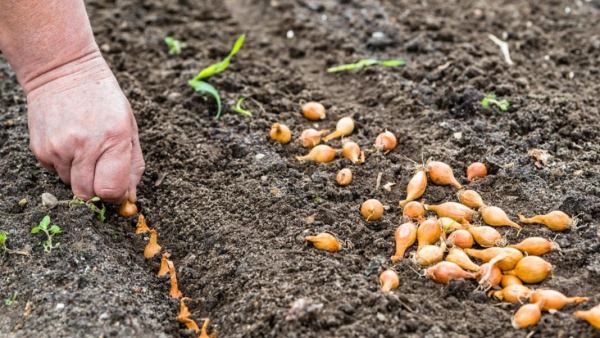
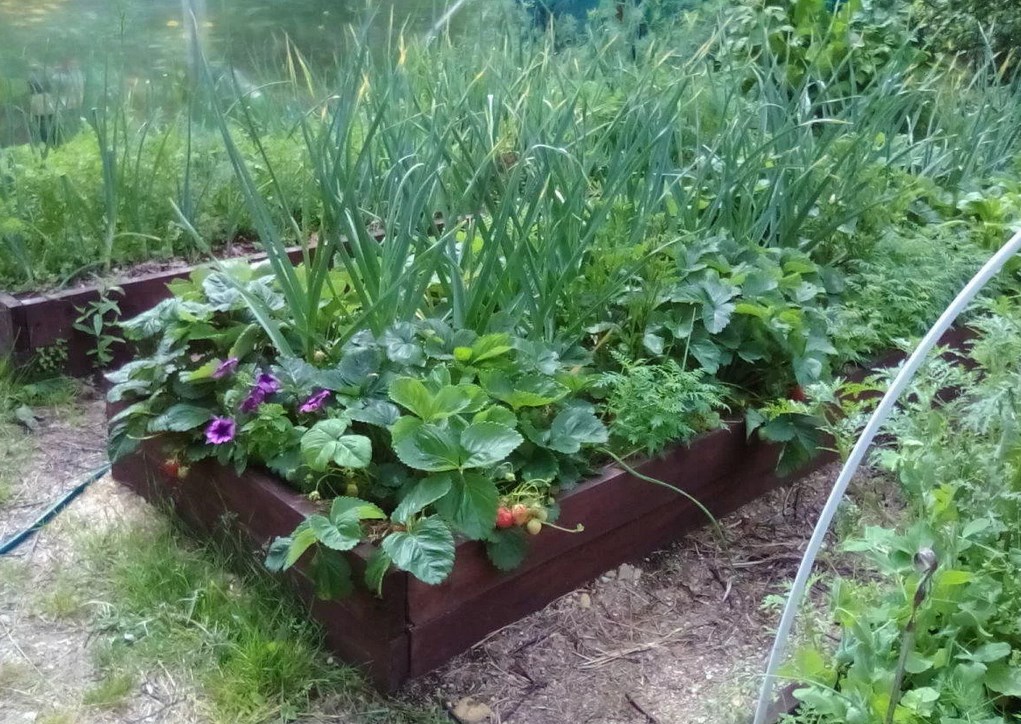
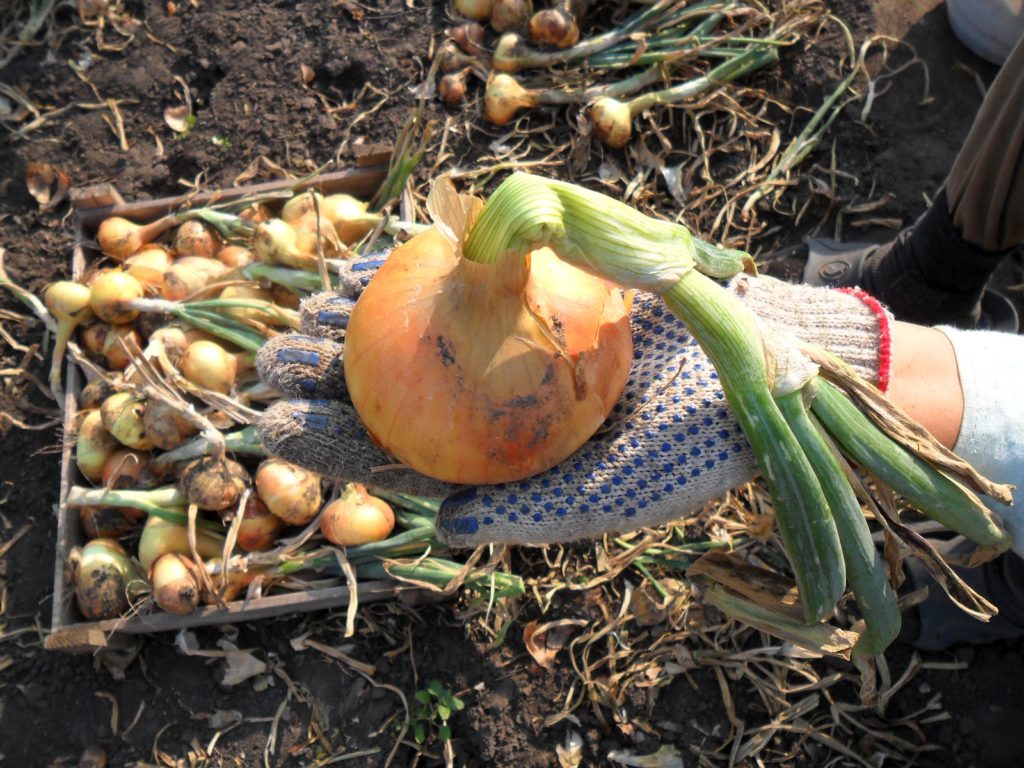
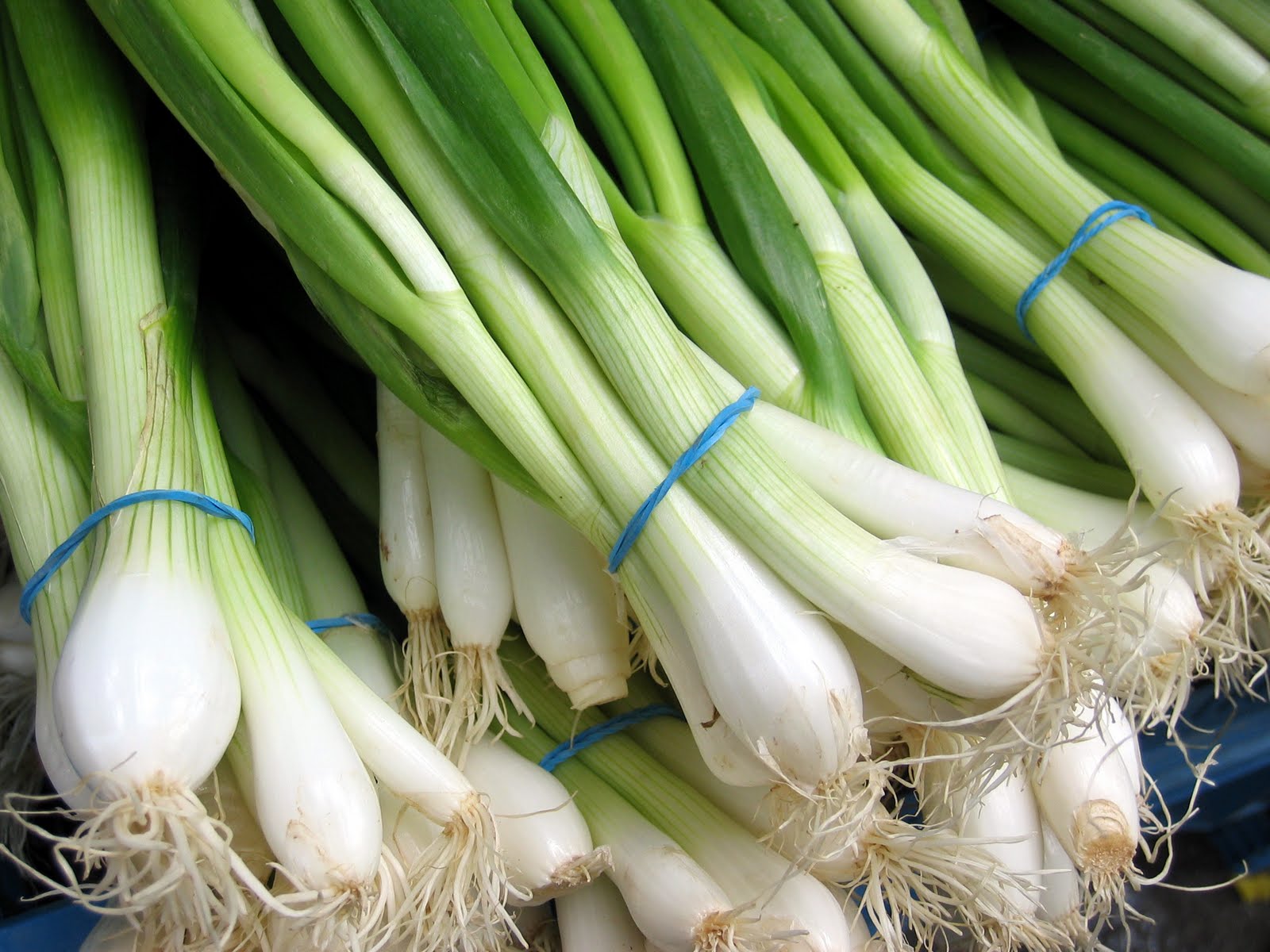 Growing onions on a feather in a greenhouse in winter
Growing onions on a feather in a greenhouse in winter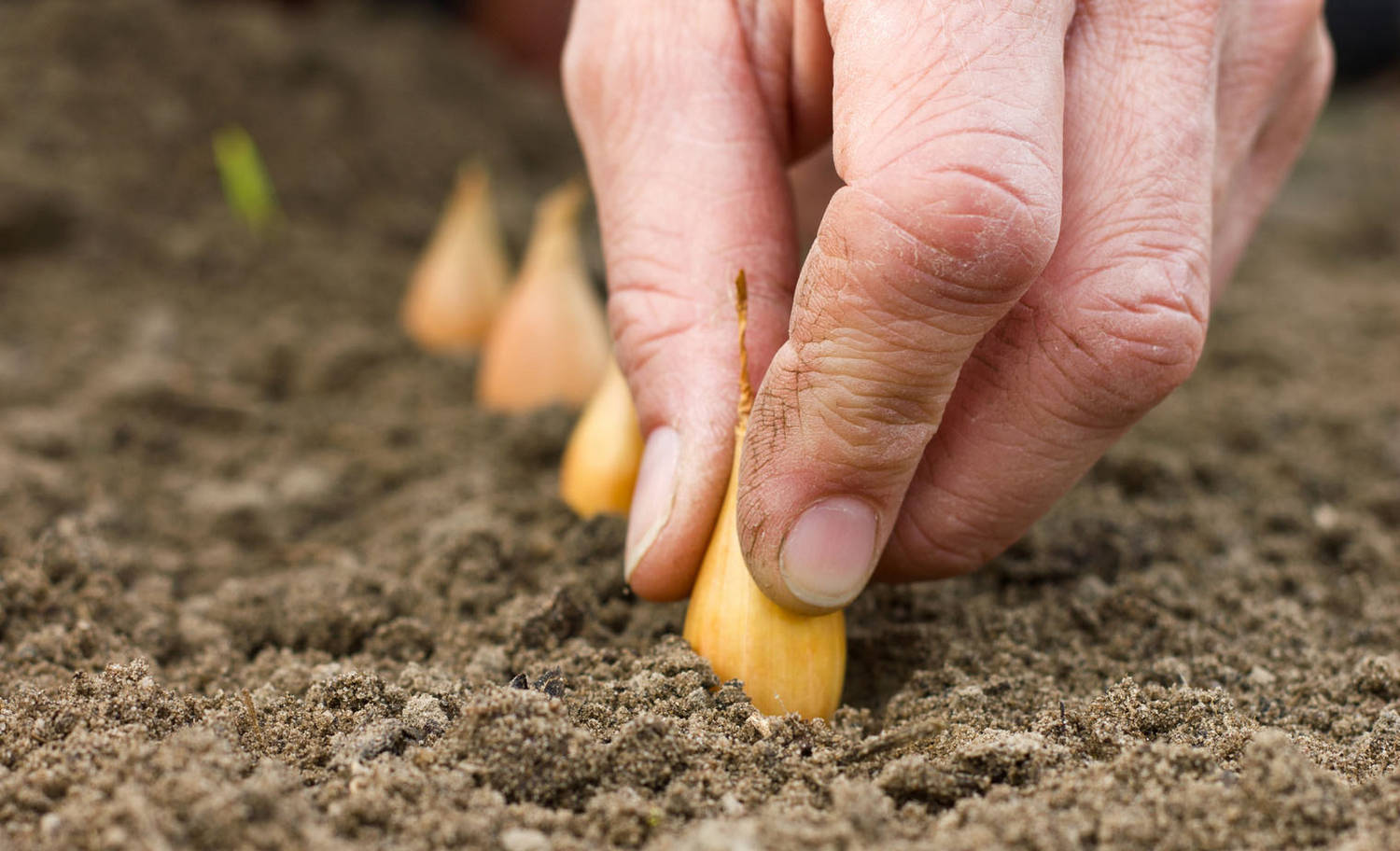 Planting onions in winter in the open ground
Planting onions in winter in the open ground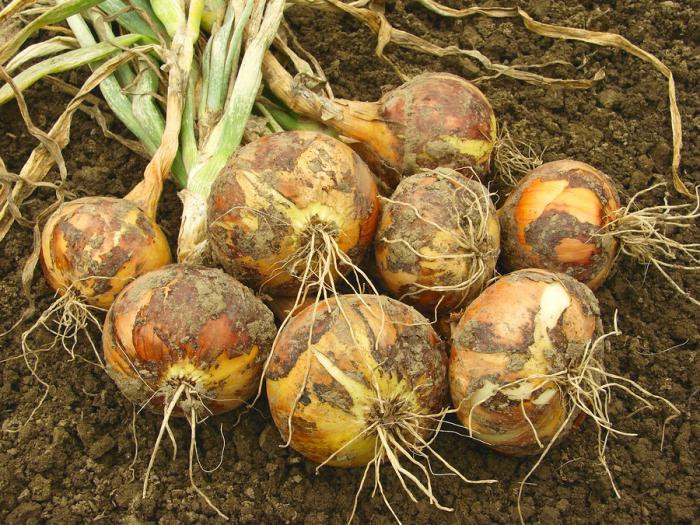 How to feed onions so that the bulbs beat large
How to feed onions so that the bulbs beat large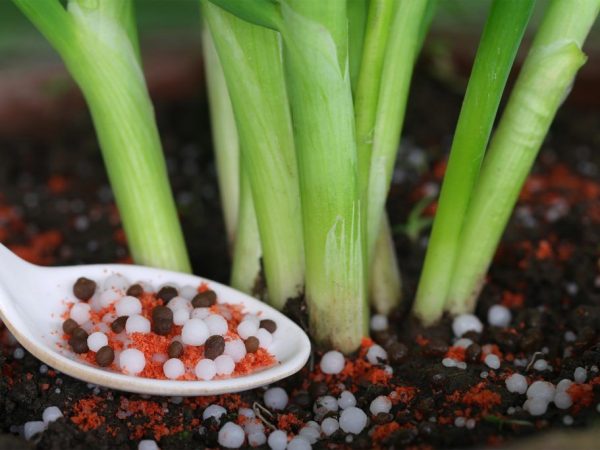 How to feed onions in spring and summer to get a good harvest?
How to feed onions in spring and summer to get a good harvest?